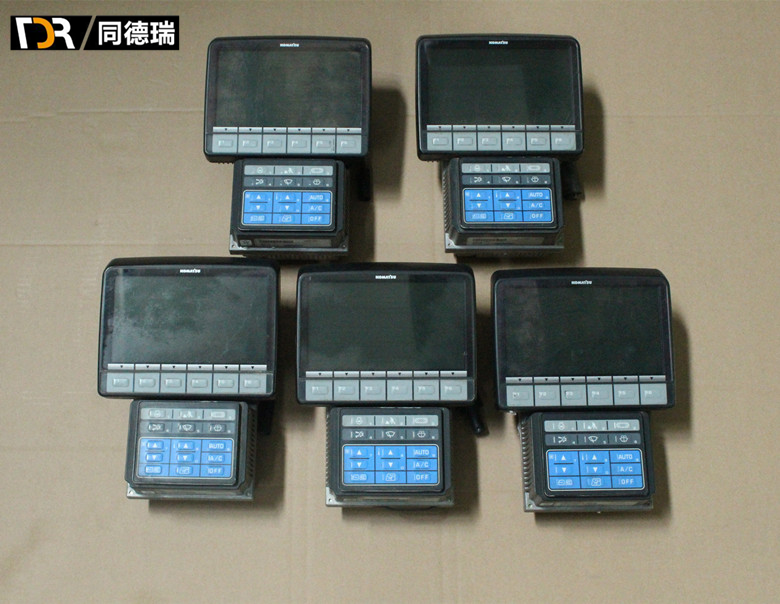According to reports from foreign media on June 30th, Beijing time, scientists have discovered a new method of controlling "escaped electrons" and taken another step toward the development of a new nuclear fusion energy system. The so-called "escape electrons" are actually charged particles with extremely high energy that can accelerate without warning in a fusion reactor and destroy the outer wall of the reactor. A new study found that injecting heavy ions may slow down these particles, making it possible to develop the world's first operational fusion reactor.

"Escape electrons" are actually charged particles with extremely high energy that can accelerate without warning in a fusion reactor and destroy the reactor's external walls, such as the UK's Tokamak nuclear fusion facility - the European Union (JET) ) - The metal exterior.
Plasma physicists at the Chalmers Institute of Technology in Sweden found that heavy ions can act to slow down electrons in Tokamak type reactors. Tokamak, also known as cyclomagnetic machine, is an annular container that uses magnetic confinement to achieve magnetic confinement fusion.
For example, when helium and argon are present in the form of gas or particulates, they can be used to collide with high-energy electrons. During each collision, high-energy electrons encounter resistance and slow down. The researchers said that using their new model, they can predict the energy of these escaped electrons and determine how they will change.
“When we can effectively slow down the escape electrons, we are closer to working with fusion reactors,†said PhD student Linnea Hesslow. “Considering that the world’s energy needs are increasing, sustainable solutions are very limited. Therefore, if we can achieve controlled nuclear fusion, it will be very exciting, because its fuel comes from ordinary seawater."
Fusion reactions involve the combination of lighter nuclei such as hydrogen to produce heavier nuclei such as helium at high temperatures and pressures. When deuterium (hetero) and superheavy hydrogen (helium) nuclei, which can be found in hydrogen atoms, fuse, they form a deuterium nucleus and a neutron, and release enormous energy. Such fusion requires heating the fuel to a high temperature of more than 150 million degrees Celsius to form a large amount of plasma.
Strong magnetic fields can be used to confine the plasma and stop them from cooling down to stop the reaction. At present, Tokamak is the most in-depth type of device used to produce controlled fusion energy, and is also the basis for future design of nuclear fusion reactors. For the past 50 years, scientists all over the world have been trying hard to make a working fusion reactor a reality. However, as of now, we have not seen any commercial fusion power plant.
The new study may help solve one of the many challenges that plague such systems, namely the need for ultra-high pressure and extremely high temperatures (about 150 million degrees) to bind atoms. "The significance of this work is enormous. The results of the study will be used in future large-scale experiments and bring hope for the solution of difficult problems," Professor Tünde Fülöp said. "We expect this work to bring about significant progress."
Recent studies on nuclear fusion have also made some other important progress. For example, the International Thermonuclear Experimental Reactor (ITER) in southern France has attracted much attention due to its prospects in this area. However, these reactors currently produce no more than the energy they supply, and they face many other obstacles. This new study may help solve the problem of escaped electrons and provide the possibility for efficient use of fusion energy.
"Many people believe that (the fusion reactor) will succeed, but actually it is much easier to get to Mars than it is to achieve fusion," Hesslow said. "You might say that we are trying to harvest stellar energy on Earth, but it will take time. The need for an extremely high temperature for successful fusion has been higher than the temperature at the center of the Sun. This is also the reason why I hope to study the resources needed to solve the energy problem in a timely manner."
The machine monitor has the functions to display various items and the functions to select modes and electric parts.
The machine monitor has a CPU (Central Pro-cessing Unit) in it to process, display, and out-put the information.
The monitor display employs an LCD (LiquidCrystal Display). The switches are flat sheet switches.

Monitor Panel,Monitor Ips Panel,Excavator Part Monitor Panel,Excavator Monitor Panel
Jining Tongderui Construction Machinery Co., Ltd. , https://www.tdr-excavatorparts.com